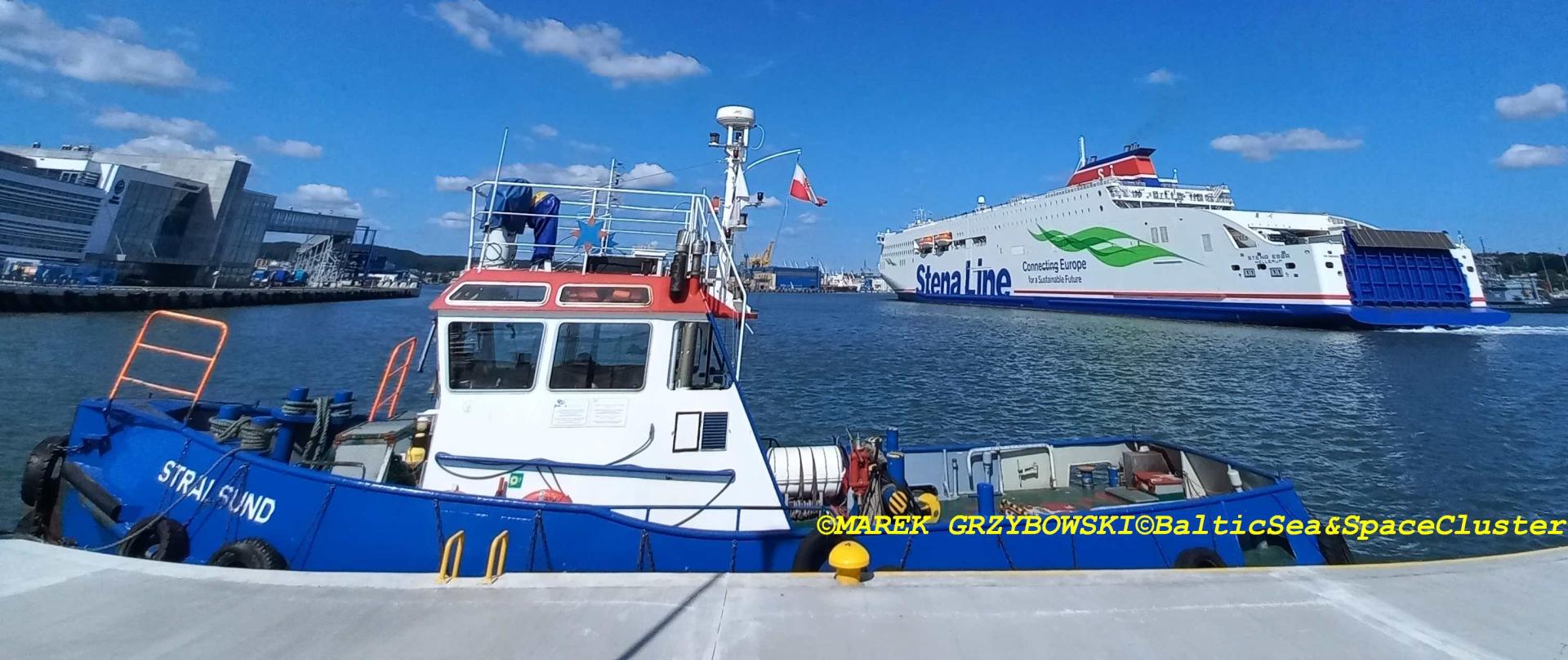Record orders for eco ships. Seaports under pressure

29 January 2024/



 By Marek Grzybowski
By Marek Grzybowski
Fleet decarbonization is accelerating along with orders for new ships. And although many innovative structures are being built in European shipyards, the beneficiaries of shipowners’ expenditure on fleet decarbonization are Asian shipyards. Mainly Chinese and Korean, which receive new technologies on a platter. Seaports must continue to invest in servicing ships powered by shore energy and bunkered with alternative fuels.
According to BRL Shipping Consultants, 2023 was the year with the highest number of new ship orders since 2015. The shipyards obtained contracts for approximately 1,914 naval vessels. More and more units are equipped with dual-fuel engines with LNG or LPG systems.
Orders of methanol engines and those adapted to run on ammonia are increasing. Few contracts include hydrogen power. Ships with electric drives, fuel cells and hybrid units are becoming more and more common. These are usually smaller units, such as small ferries, tugboats, barges, and service units in ports. They are not included in the mentioned statistics. Ships with wind-based technical systems should be added to this review. The most commonly used are rotors and folding sails. Several shipowners are also planning ships with nuclear power plants, including one mega container ship.
Tonnage for alternative fuels Clarksons “Green Technology Tracker” from January this year. informs that 45% of all new ship orders contracted in 2023 will have engines adapted to alternative fuels. These statistics also include orders for ships with gas-powered engines. And it is increasingly common to say that it is as much a fossil fuel as low-sulfur marine fuel derived from crude oil refining. A better result was achieved in 2022 – a record number of orders for ships with engines powered by alternative fuels and gas. Throughout the year, it was as much as 61% of all new orders in terms of GT tonnage. But it was 35% of the contracted ships. In 2022, shipyards placed 397 orders with a capacity of 36.4 million GT with dual-fuel engines and an LNG system. 43 orders (5 million GT) were made for methanol-powered engines. 17 ships (0.8 million GT) will have gas-powered engines with an LPG system. About 15 ships have been contracted with power plants that will have battery hybrid propulsion. 90 contracts (7.7 million GT) were ordered in 2022 with ammonia-fueled engines. 31 orders (1.0 million GT) are orders with LNG systems. Only three orders (15,000 GT) were placed for ships with a system capable of using hydrogen. Many of the ordered ships will be equipped with dual-fuel engines.
Steve Gordon, Global Head of Clarksons Research, reports that in 2021, 30.6% of the contracted GT tonnage had systems adapted to burn gas or alternative fuels. There were 483 units. This is an increase compared to 210 orders in 2020 and 49 orders in 2016.